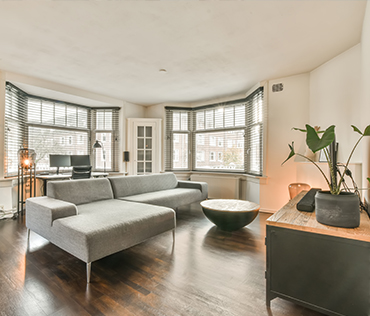Investing in UK property remains a robust strategy for those looking to diversify their portfolio and secure steady returns. But when it comes to choosing between Furnished Holiday Lets (FHLs) and traditional Buy-to-Let properties, investors must consider various factors, including tax implications, profitability, and recent legislative changes. This post will guide you through these considerations, helping you make informed decisions based on the latest financial landscape.
Understanding the basics
Firstly, it’s crucial to grasp what distinguishes an FHL from a Buy-to-Let property. An FHL must be available for rent for at least 210 days in the tax year and rented out for at least 105 days. These properties are furnished and meant for short stays, which can potentially yield a higher rental income per day compared to long-term rentals.
Buy-to-Lets, however, are rented out for longer periods, usually on six-month or annual leases. This model offers more predictable, steady income streams but often at lower daily rates than holiday lets.
Tax considerations
One of the significant advantages of FHLs over Buy-to-Lets is the tax treatment. The UK tax system regards FHLs more like a business than a rental activity, providing several tax benefits:
- Capital Gains Tax Reliefs: Owners can take advantage of reliefs typically reserved for businesses, such as Business Asset Disposal Relief, which can reduce the capital gains tax on the sale of qualifying FHL properties
- Profitable allowances: Investors can claim capital allowances for items such as furniture and equipment, which is not possible with Buy-to-Let properties where only replacement relief is available
The recent UK Spring Budget has introduced updates affecting both types of property investments, emphasising the need for investors to stay informed to benefit optimally from these provisions.
Profitability analysis
The profitability of FHLs can be considerably higher, especially in tourist-heavy regions. According to VisitBritain, the UK tourism industry’s spending was projected to recover to pre-pandemic levels by 2022, suggesting a robust demand for short-term holiday accommodation.
However, FHLs require more hands-on management and marketing to ensure high occupancy rates throughout the year, unlike Buy-to-Lets, which typically have longer tenant commitments.
Legislative updates
Recent legislative changes have further delineated the operating ground between FHLs and Buy-to-Lets. For instance, changes in mortgage interest relief have negatively affected Buy-to-Let owners, reducing the amount of mortgage interest that can be offset against rental income for tax purposes. On the other hand, FHLs have maintained more stable regulations, making them a potentially more attractive option under current laws.
Final thoughts
Whether you opt for an FHL or a Buy-to-Let property in the UK, your decision should align with your financial goals, investment strategy, and willingness to manage the day-to-day demands of your chosen investment type. FHLs offer higher flexibility and potential tax benefits but require more active involvement. Buy-to-Lets provide more stable income but come with their own set of regulatory challenges.
As always, we recommend consulting with a professional Accountant to ensure that your investment decisions are informed by the most current and comprehensive data available, tailored to your personal financial situation. By staying updated on legislative changes and market trends, you can better position your investment for optimal returns. For financing these investment properties we have over 30 years experience, so speak to one of our Advisers.


